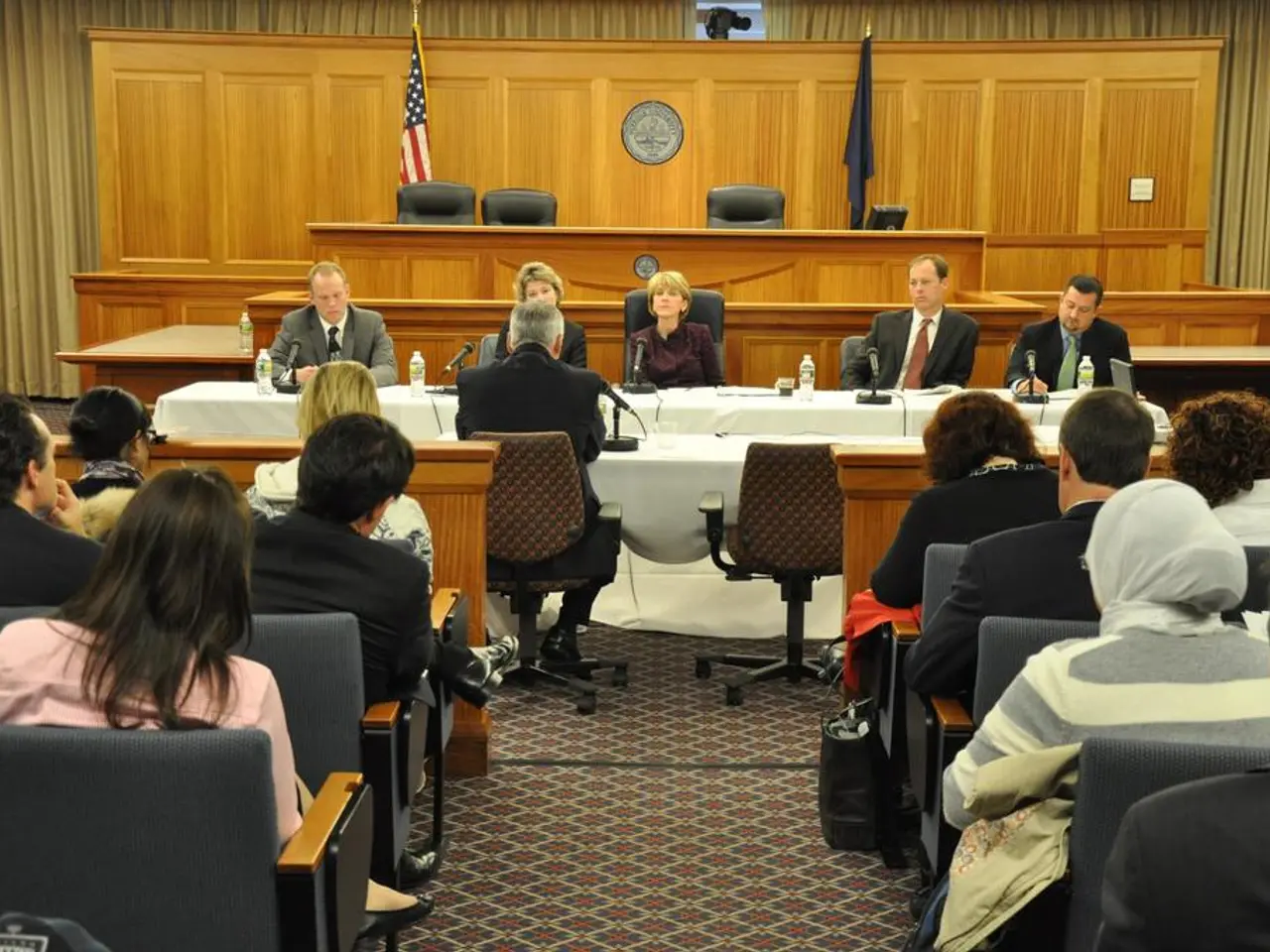NATO Boosts Defense in Baltic and Black Sea Regions Amid Russian Tensions
NATO's Military Committee convened in Riga, Latvia, on September 26-27, discussing escalating tensions in the Baltic and Black Sea regions. The meeting focused on bolstering defense capabilities and responding to Russian actions, including potential provocations and a regional arms race. Plans were discussed for increased production of air defense systems, coastal defense systems, drones, counter-drone systems, infantry fighting vehicles, artillery, and ammunition.
Latvia's President Edgaras Rinkevicius proposed a NATO air defense mission in the Baltic region and suggested adopting Ukraine's methods to counter Russian drones. The conference reviewed Russia's activities near NATO borders and the implementation of decisions from the NATO summit in The Hague in June 2025.
NATO plans to build new training centers and ranges in Lithuania, Latvia, and Poland, and to intensify work on drone walls, space technologies, and cybersecurity. The Military Committee decided to increase the number of participants and enhance the combat capabilities of operations 'Baltic Guardian' and 'Enhanced Forward Presence'. They also committed to boosting defense spending to at least 5% of GDP by 2030.
NATO generals discussed strengthening the Alliance's eastern flank and responding harshly to airspace violations by Russia and its drones. NATO's Supreme Allied Commander Europe, General Alexus Greenkewich, identified Russia and Belarus as main threats to the region.
The NATO Military Committee's conference in Riga underscored the Alliance's commitment to bolstering defense capabilities and responding to regional threats. With no thaw in relations with Europe expected in the near future, NATO anticipates further escalation and deterioration of relations, driving the need for increased military presence and cooperation.








